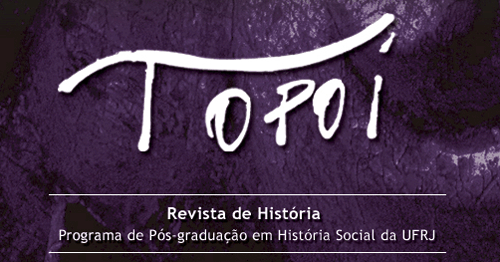ABSTRACT
This article will address the question of what was said and what could have been said about the Holocaust within the framework of the hegemonic “social discourse” of the postwar period. It begins by analyzing two opposing positions: that of “silence”, and that of the “myth of silence”, and then presents Enzo Traversos’ category of “fire warnings”, which nuances these positions and highlights how the field of the speakable was conditioned by both socio-political conjuncture and the dominant discursive forms. Finally, the article discusses the case of Hannah Arendt, inscribed in this category, attending to the changes in her publications on Nazi crimes (1945-1963) within the context of her investigative framework in the United States. Her case illustrates how social norms concerning the speakable crystallize, until new discourses and new disputes erupt.
Keywords:
Holocaust; Silence; Myth of Silence; Fire Warnings; Hannah Arendt
